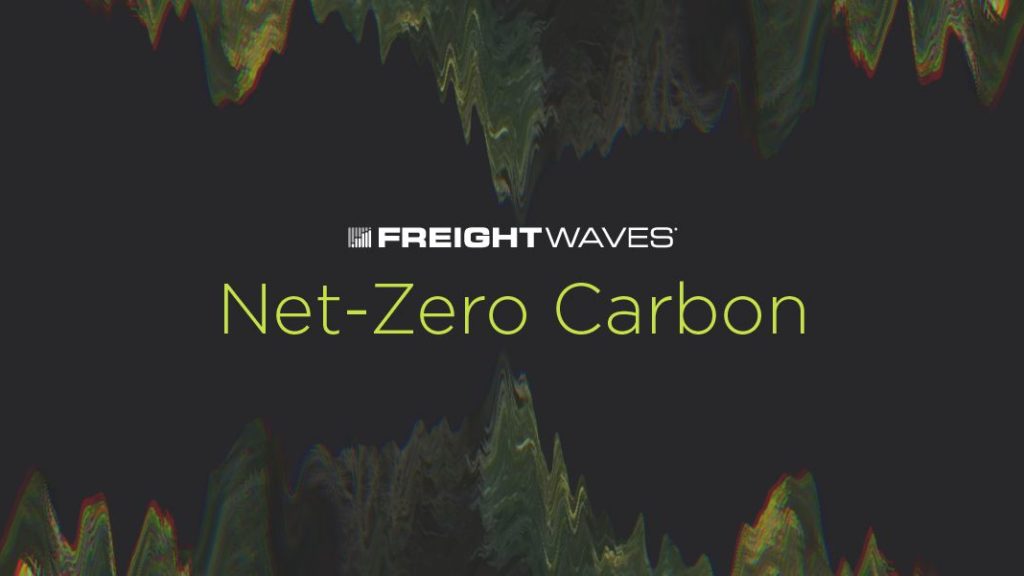But wait, is the RNG transport fuel market really that big? Aren’t there only around 175,000 NG trucks on the road today? Who is using this stuff and where? I’m glad you asked because today we’ll unpack all your questions and more.
We jumped into an early demonstration project, leased a handful of trucks, set up the fueling agreement, and signed up a pilot customer.
Our customer was unable to effectively leverage the emission reductions and capitalize on the brand value from our sustainable freight solution.
So, what’s different this time? Are we destined to repeat the same nat gas hype cycle of the last decade in freight? No, no, no.
I mean, UPS has made enormous investments in this technology because it neatly fits the company’s service routes and fueling requirements.
Our experience suggested that the engine model was undersized to operate in a long-haul operation.
With a larger engine available to provide fleets with the necessary horsepower and torque to operate efficiently in long-haul applications, I expect adoption to increase.
With the price of diesel around $6 a gallon in California, we had a fairly easy sell to get the nat gas trucks on the road.
Growth in corporate climate pledges is rapidly gaining momentum, with the Science-Based Targets Initiative reporting more companies joined in the past 18 months than in the previous six years.
And along with this burgeoning model of stakeholder capitalism, where companies seek long-term value creation by taking into account the needs of all stakeholders and society at large, comes the opportunity for logistics service providers to truly differentiate themselves.
If we just follow the money, plenty of large bets are being made on scaling up this zero-carbon fueling solution.
To create RNG, biogas from landfills, dairy farms, and wastewater treatment plants that would otherwise be released into the atmosphere is collected and processed, according to the Environmental Protection Agency.
At today’s prices, a diesel-equivalent gallon of low-carbon dairy RNG is worth 10 times the price of its fossil-based alternative, giving fuel producers an enormous incentive to expand.
I will have to dedicate a future entry to breaking down the intricacies of clean fuel standards because they’re long and interesting and it won’t fit in this article.
While many will argue that resources should be deployed instead toward an electric or hydrogen fueling future, I believe we are facing a polyfuel future.
